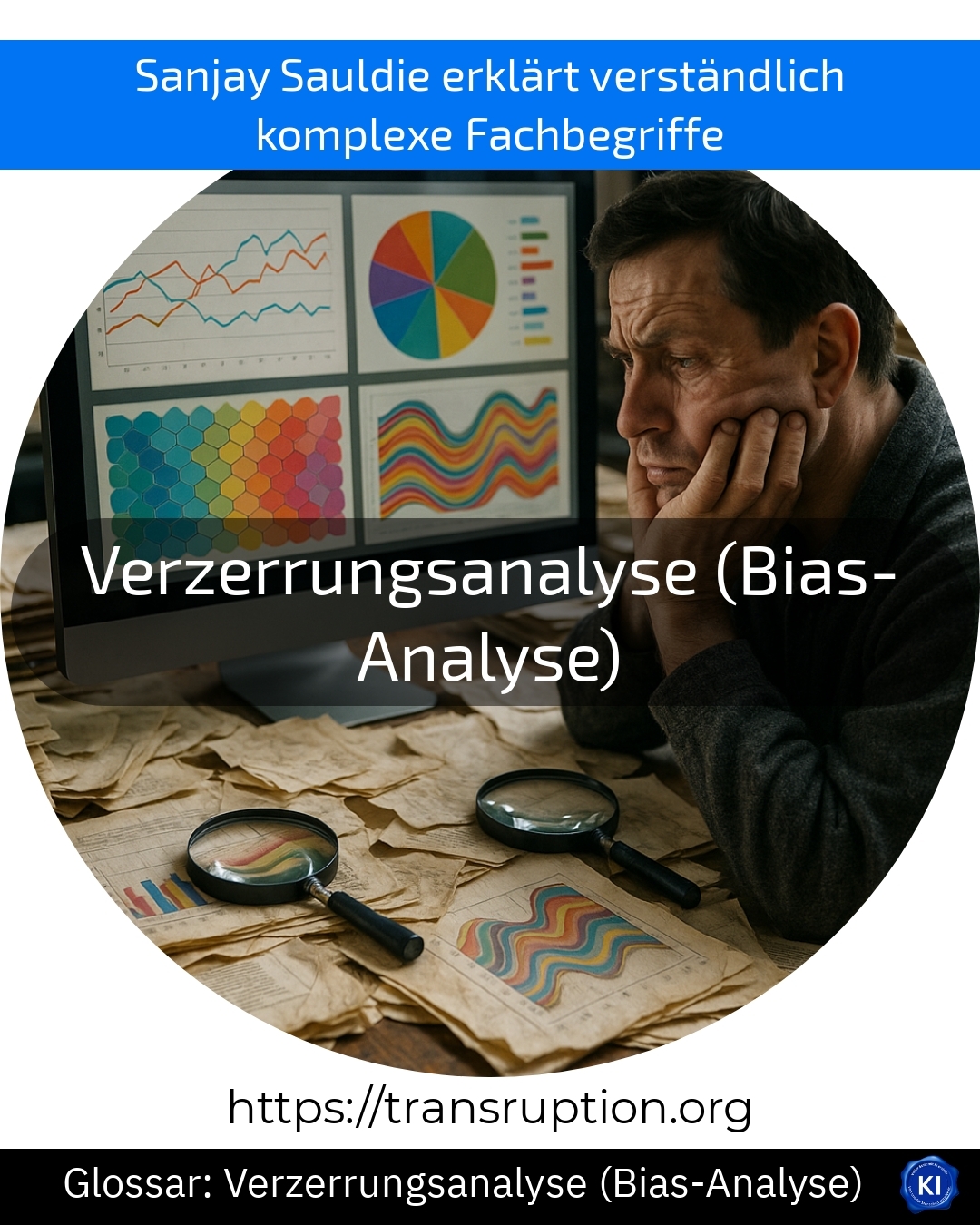Bias analysis is primarily used in the areas of artificial intelligence, big data and smart data as well as HR work and teams. Here, it helps to recognise sources of error in data, algorithms or decision-making processes.
Biases often arise unnoticed, for example when artificial intelligence tends to select men during the application process because the learning data comes primarily from men. Bias analysis examines whether certain patterns unfairly disadvantage or favour certain groups. It uncovers such imbalances and ensures that decisions are based on fair and objective data.
An illustrative example: A company uses AI to sort applications. The bias analysis shows that female applicants with similar qualifications to men are less likely to make it to the next round because the system has "learnt" from previous selection processes to favour men. The analysis reveals this problem and makes it possible to adapt the AI to make it fairer.
In this way, bias analysis helps to design fairer, more transparent and more trustworthy digital processes.















